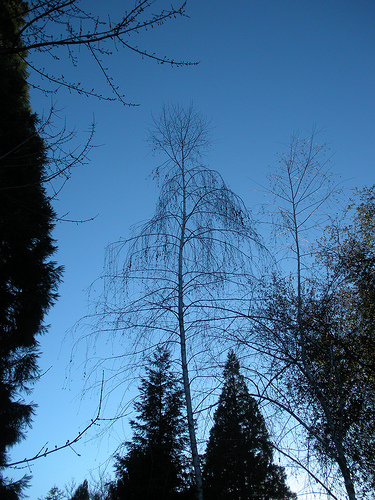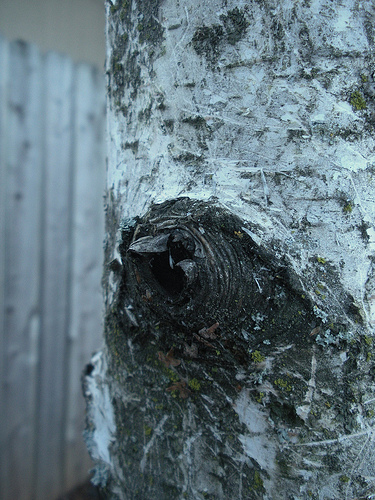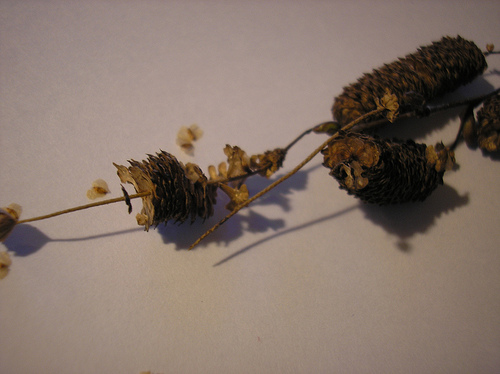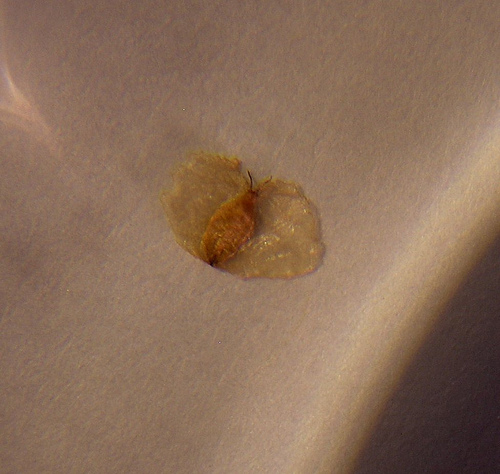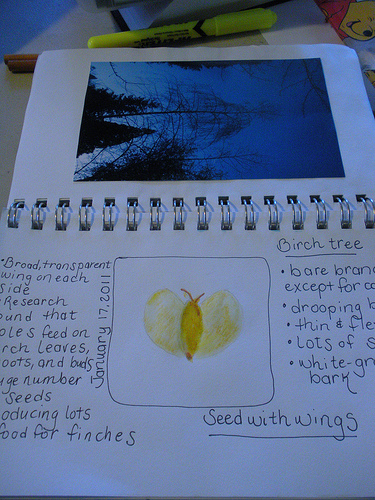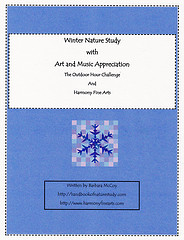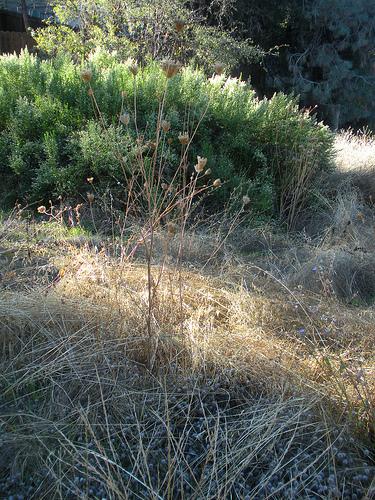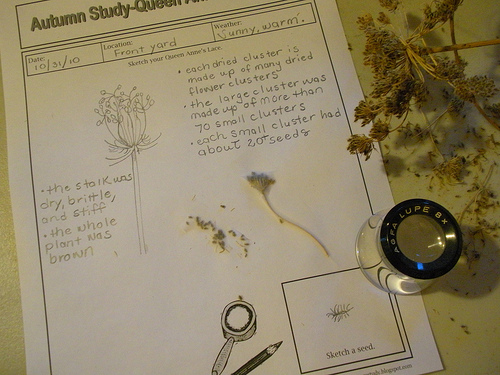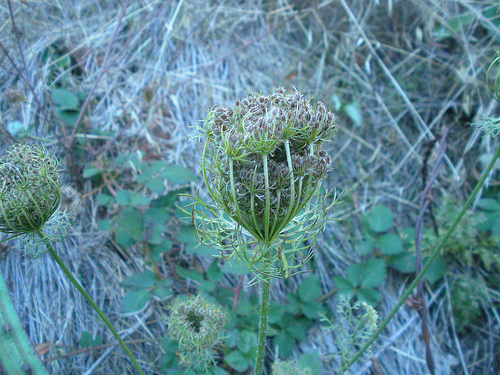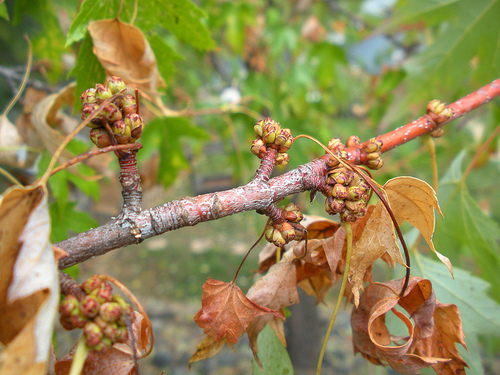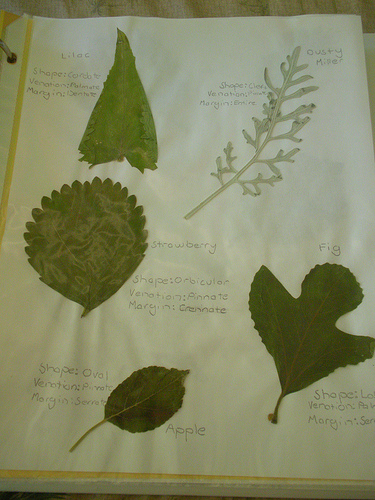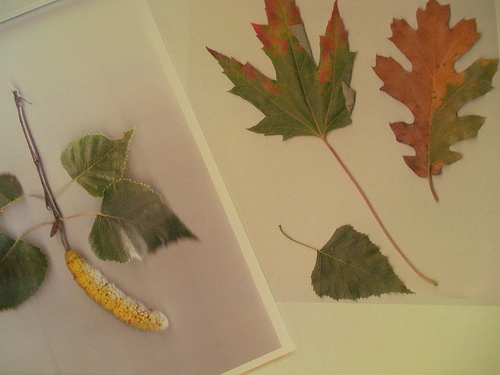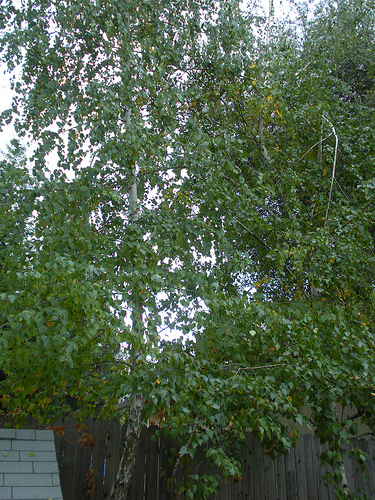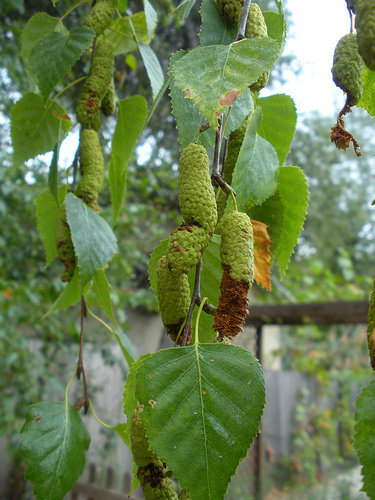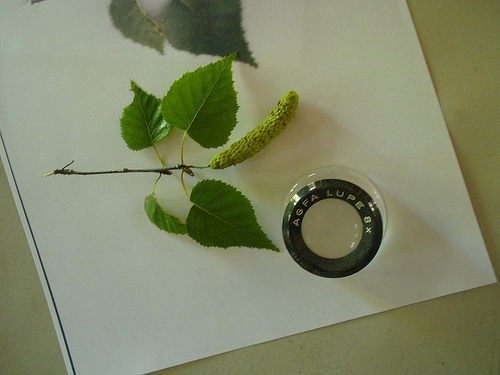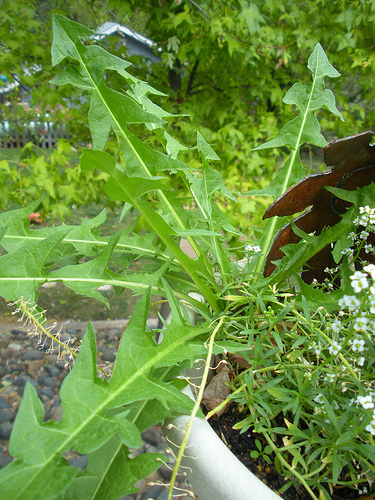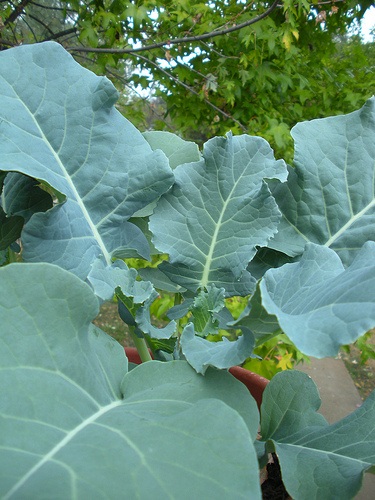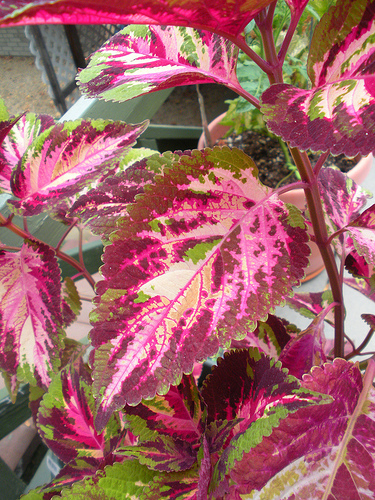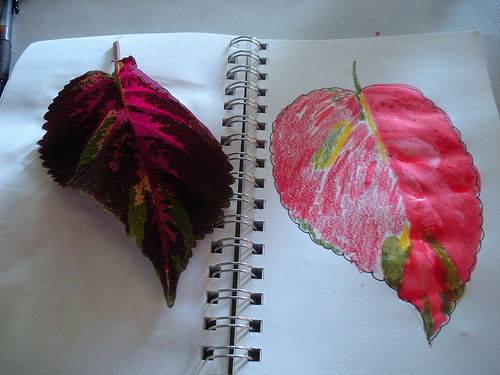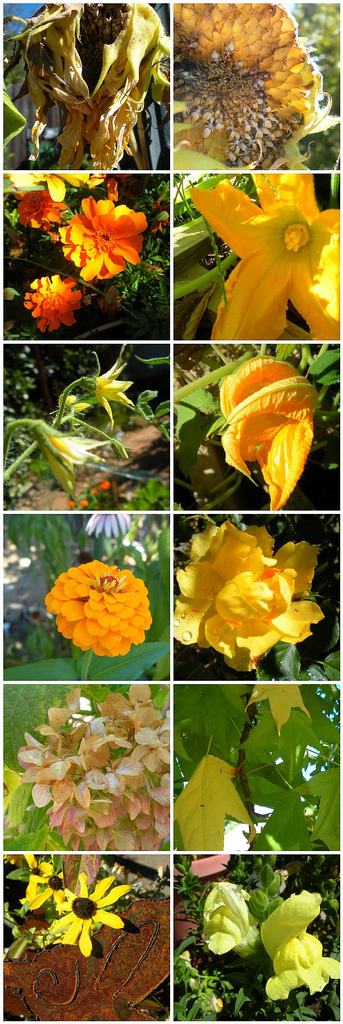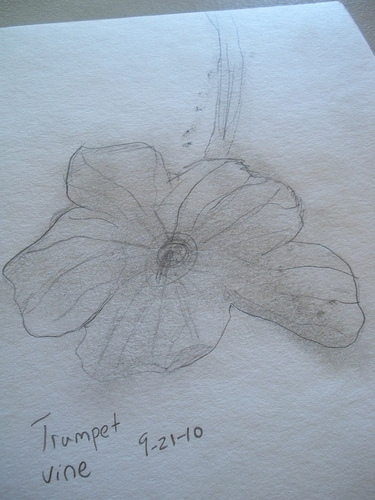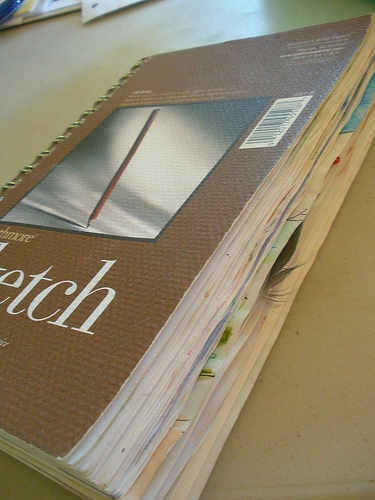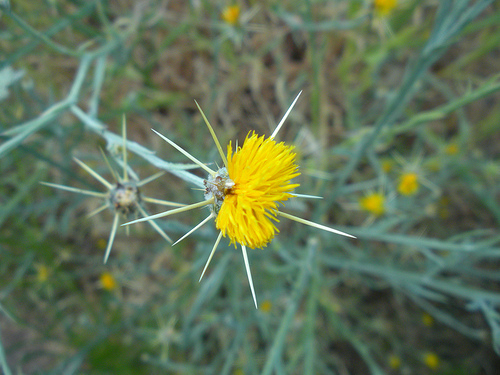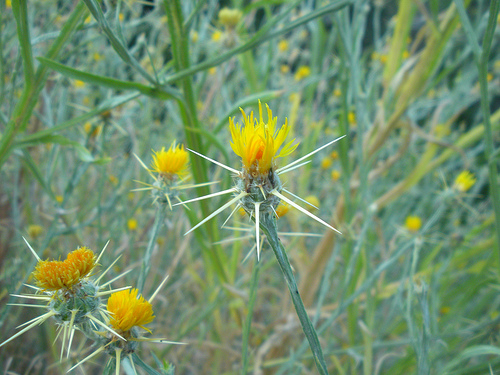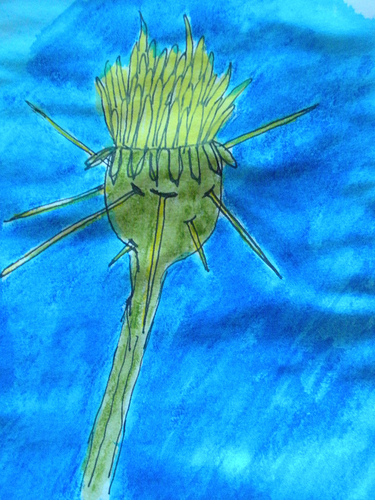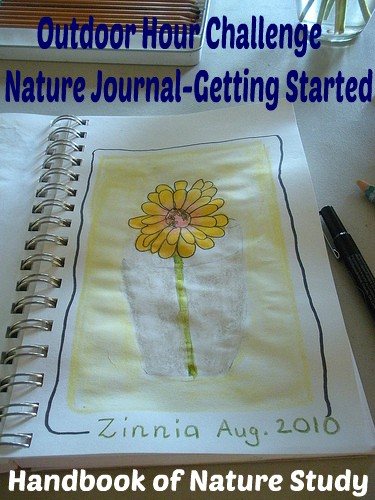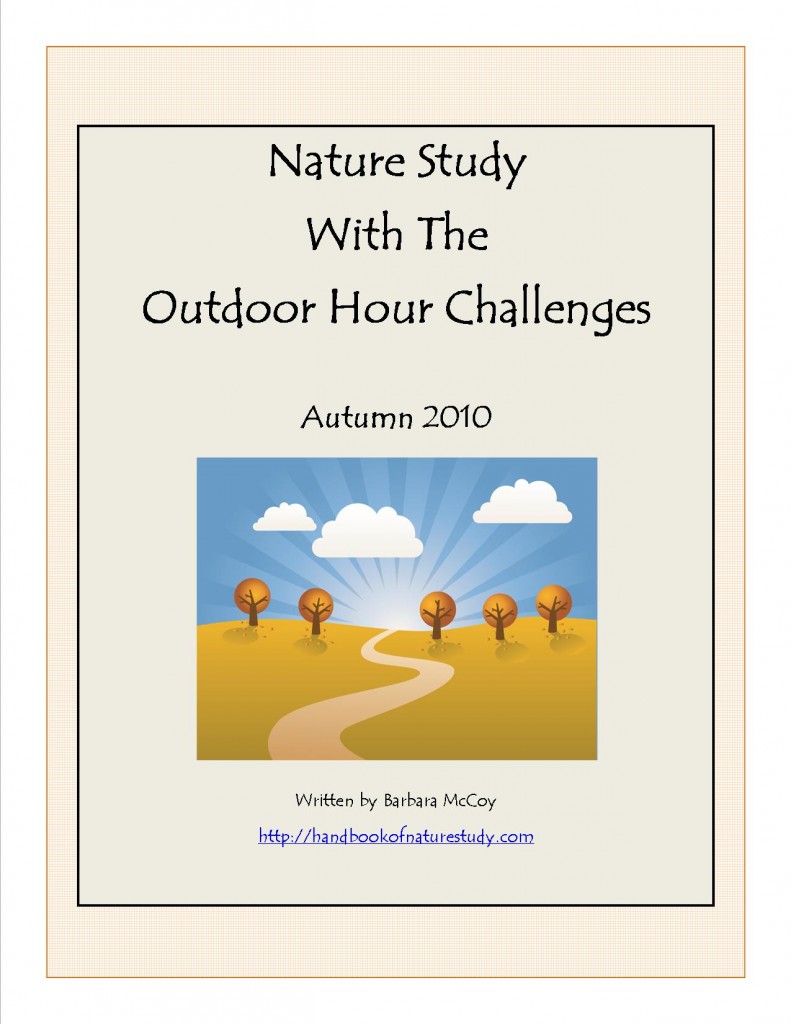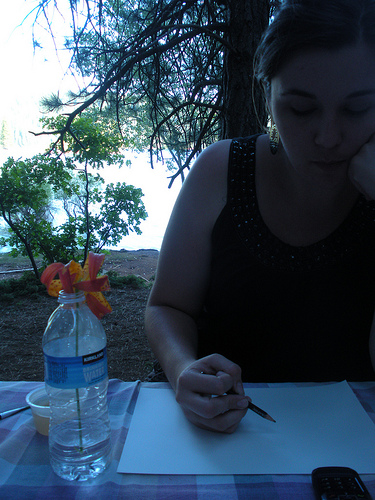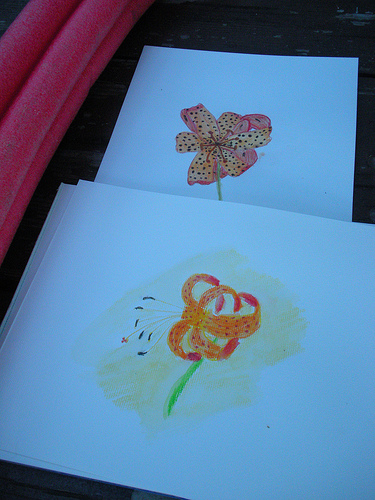We started our birch tree year-long study back in October. (You can read it HERE.) I remember saying to one of the boys that soon the leaves would all be gone and we would be able to see the shape of the tree’s trunk and branches better. Well, time has flown by and here we are standing in the backyard looking at just those very things.
Words that are going in our nature journals: bare, thin, flexible, drooping, catkins, white.
This tree is so different in shape than our other year-long tree studies done with the silver maple and the tulip poplar. The bark on the trunk is different and the seeds are totally different. I anticipate that we are going to learn quite a bit about trees just taking a few minutes each season to observe this tree.
We wanted to take a closer look at the catkins from the tree so we brought a few inside to the table. I bumped one of the catkins and the seeds went everywhere. You can see the partial catkin in the photo above and how the seeds are attached to make it look somewhat like a little dangling cone but it is not really like a cone at all. It is a well organized bunch of winged seeds that are in the shape of a cone. We have seen finches land on the catkins and hang upside down as they nibble their treat.
After much manipulation of lights and magnifying lenses, my son and I were able to capture the seed in an image for you. Truly amazing!
Mr. B sketched the seed for me in my journal and I added color and the captions after we did the research. So much to learn about seeds and how they are part of the life cycle of a tree. I know in my head what seeds are but when you stop to think about the miracle of a complete tree growing from this one small hard to see with the naked eye structure…well, it causes me to sit and be amazed at our wonderful Creator. It is nothing short of a miracle.
It actually reminds me of this quote that I ran across and wrote down to save.
“Nature is an infinite sphere of which the center is everywhere and the circumference is nowhere.”
Blaise Pascal
My Encouragement to You
If you haven’t had a chance to start, begin now during the winter. Charlotte Mason in her writings suggests choosing trees in winter to observe and compare. She says to wait until spring to identify the trees when the leaves and blossoms appear.
“Children should be made early intimate with the trees, too; should pick out half a dozen trees, oak, elm, ash, beech, in their winter nakedness, and take these to be their year-long friends. In the winter, they will observe the light tresses of the birch, the knotted arms of the oak, the sturdy growth of the sycamore. They may wait to learn the names of the trees until the leaves come.”
There are some simple ideas outlined in Winter Series Challenge #2 or you can just pick a tree and observe, perhaps taking a photo or making a simple journal entry. Don’t hesitate to jump in now!
See this entry for a description. Sample HERE.

